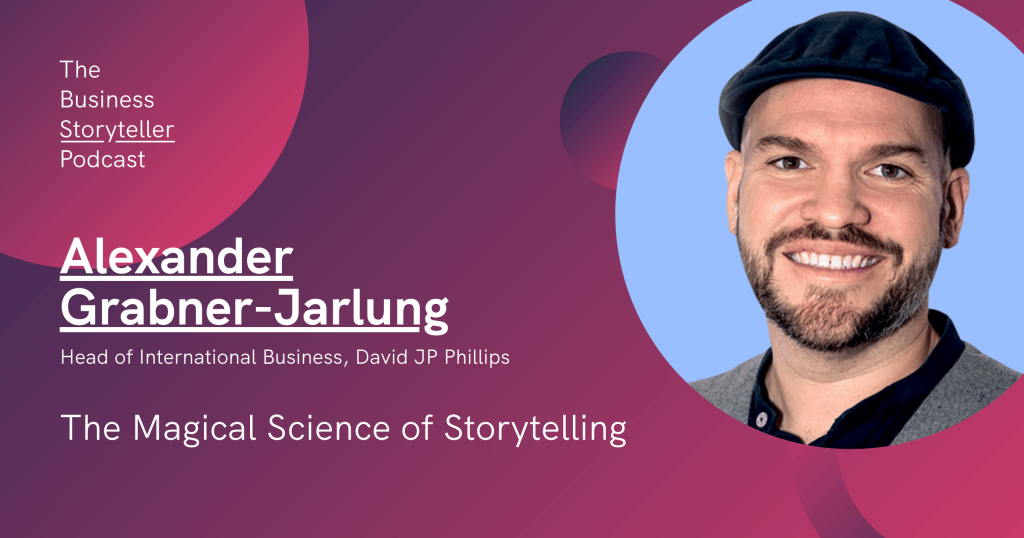
Transcript
Back in 2009, a journalist of the name of Rob Walker thought to himself, “I wonder if increasing a value is possible on an object if you touch something special to it. So Rob was thinking hard and long for what he was going to do. Finally, he came to the conclusion, “I’m going to go on eBay. I can buy things on eBay.” He started doing that. He started purchasing not one object, not two objects, but 200 different objects. He had a plan. He had a thought and he had an idea.


